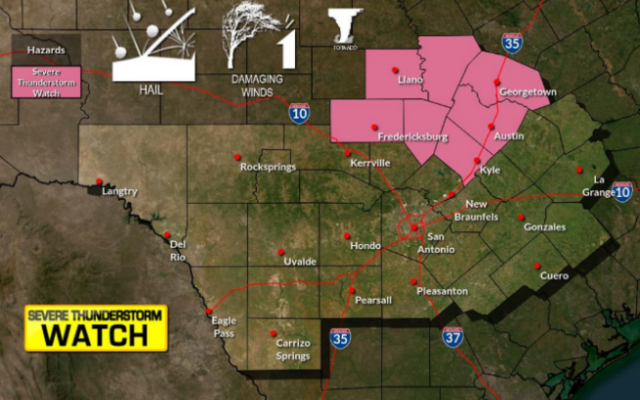U.S. nuclear sub hit unknown “object” in South China Sea

U.S. defense officials told CBS News correspondent David Martin the collision occurred in the South China Sea, one of two adjoining bodies of water where the U.S. and its allies have repeatedly challenged China’s territorial claims. China on Friday demanded more information on the U.S. Navy accident that took place somewhere off its east coast.
The U.S. officials told Martin on Thursday that the Connecticut had returned to the surface under its own power and was expected to arrive soon in Guam so the damage could be fully assessed. The officials told CBS News that two crew members suffered “moderate” injuries and several more sustained minor bumps and bruises. All were treated by Navy corpsman aboard the vessel, and nobody was taken off the sub.
The submarine itself, one of almost 70 in the U.S. Navy’s nuclear-powered fleet, “remains in a safe and stable condition,” according to the Navy statement. Its nuclear propulsion system and related areas “were not affected and remain fully operational.”
China’s Global Times newspaper reported that the Foreign Ministry had voiced “grave concerns” about the incident, quoting Foreign Ministry spokesman Zhao Lijian as urging the U.S. to “provide details, its purpose of cruising, and whether it caused a nuclear leak or damaged the marine environment.”
All weapons systems on the attack submarine were also undamaged, the U.S. officials told Martin.
“The extent of damage to the remainder of the submarine is being assessed,” the Navy said in its statement, adding that the incident would be investigated.
As CBS News Asia correspondent Ramy Inocencio reports, this incident has come to light amid high tensions between Beijing and Washington, just weeks after the U.S. and Britain signed a deal to supply nuclear-powered submarine’s to Australia’s military, and just days after China sent a record number of military planes into U.S. ally Taiwan’s air space, prompting concerns in Taipei that Beijing “is going to launch a war.”
China routinely issues protests and condemns “freedom of navigation” missions by U.S. vessels close to islands, reefs and other sites in the South China Sea claimed by Beijing.
Several years ago, the U.S. condemned China for installing weapons systems on a man-made reef in the South China Sea. Both that body of water and the East China Sea just to the north of it are the scene of myriad territorial disputes between Beijing, other Asian nations and the West. The United States considers most of the South and East China Seas international waters, but China claims dominion over much of the region.
In recent years, both the U.S. and its allies have increased sail-bys in both seas, typically drawing rebukes from China. The U.S. and Beijing routinely accuse each other of “unsafe” or “unprofessional” military maneuvers in the region.
The last time a U.S. Navy submarine is known to have had a serious collision was in 2005, when the USS San Francisco hit an undersea mountain at full speed. That crash left one sailor dead and most crew members injured. The captain and several other senior officers were relieved of their duty, as it emerged that they had been using outdated seafloor charts, despite having up-to-date maps available.
That incident occurred near the U.S. territory of Guam, thousands of miles east of the contentious waters off China’s coast.
You Might Also Like






